
1. The Polio Vaccine (1955)

2. Birth Control Pill (1960)

3. Organ Transplantation Advances

4. MRI and CT Scans
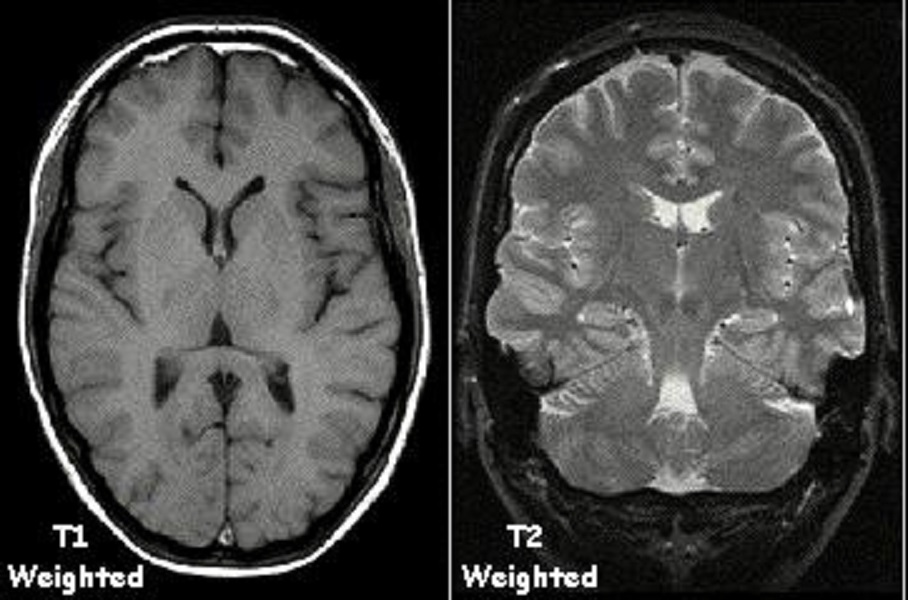
5. The Discovery of HIV and Development of Antiretroviral Therapy
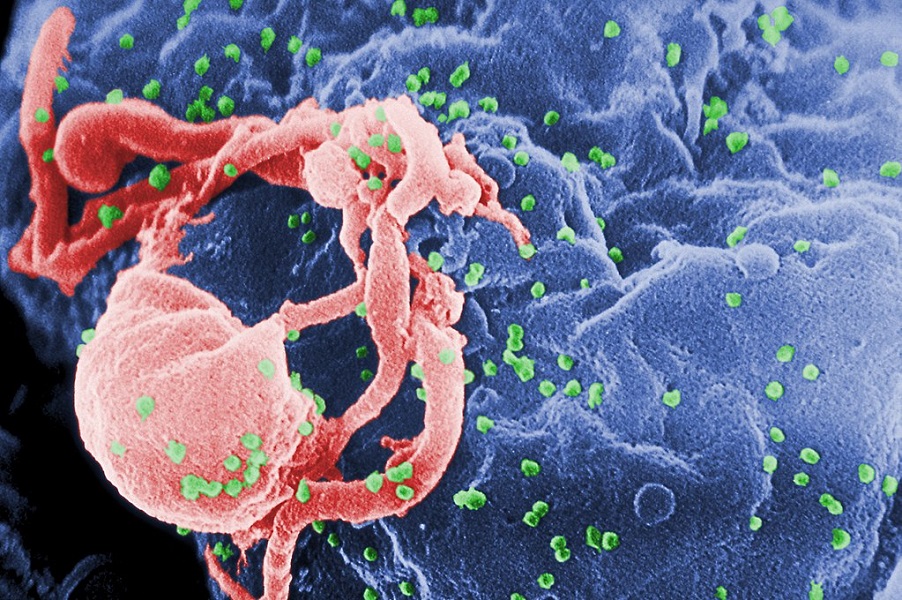
6. Human Genome Project (1990-2003)
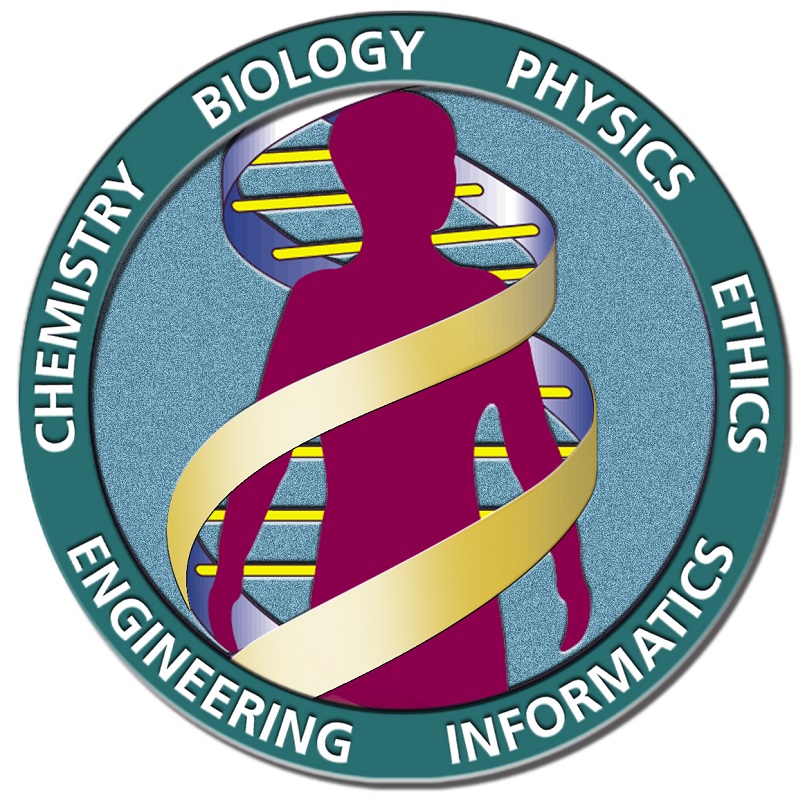
7. Laparoscopic Surgery
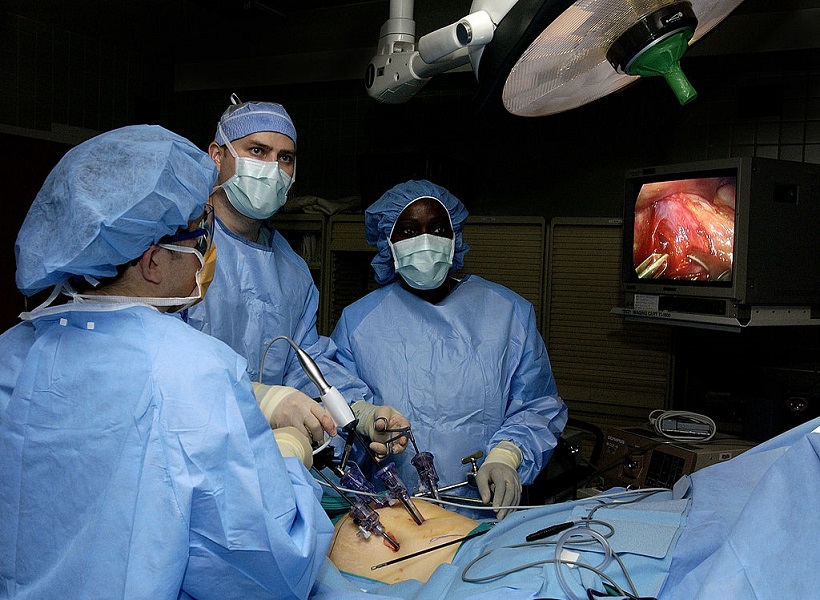
8. Stem Cell Research
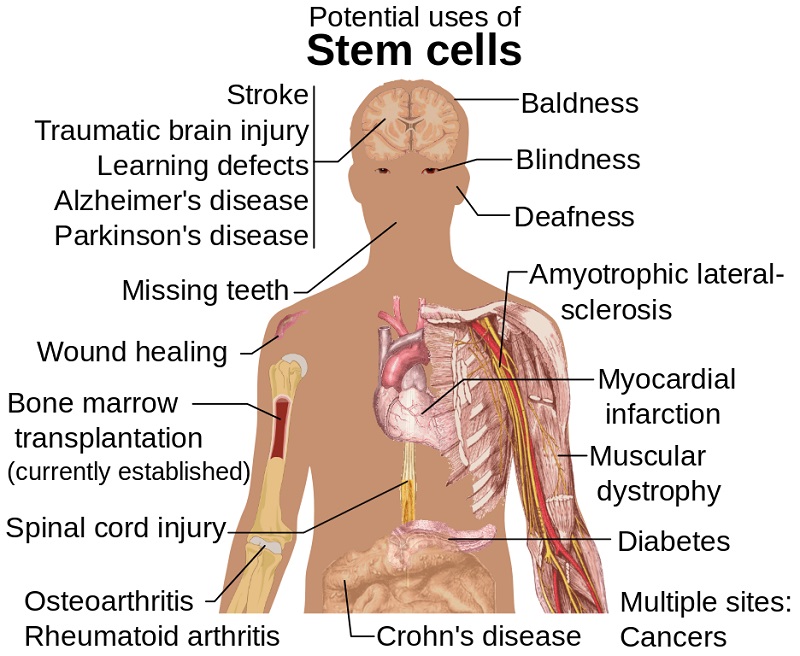
9. Robotic Surgery
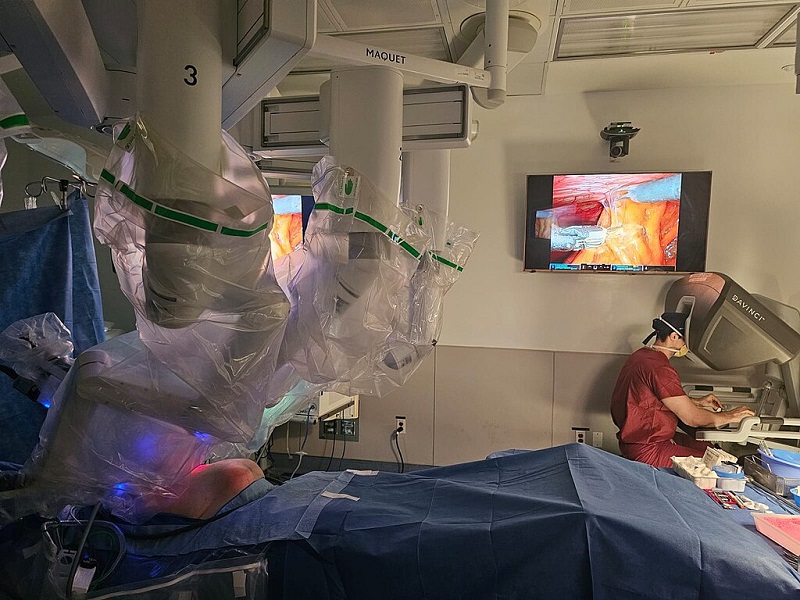
10. Telemedicine
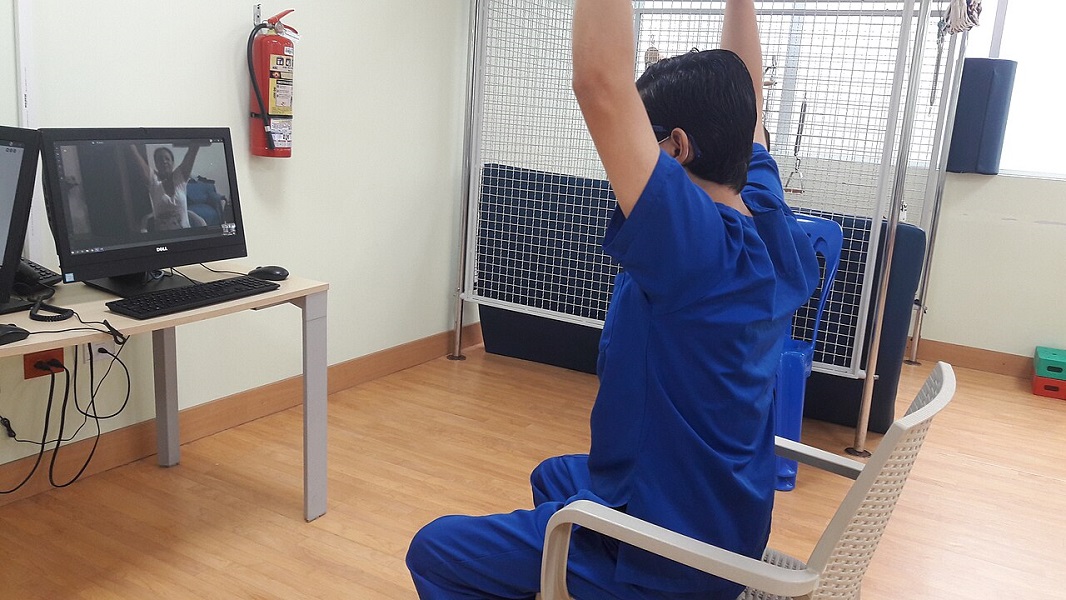
11. Artificial Heart and Mechanical Assist Devices
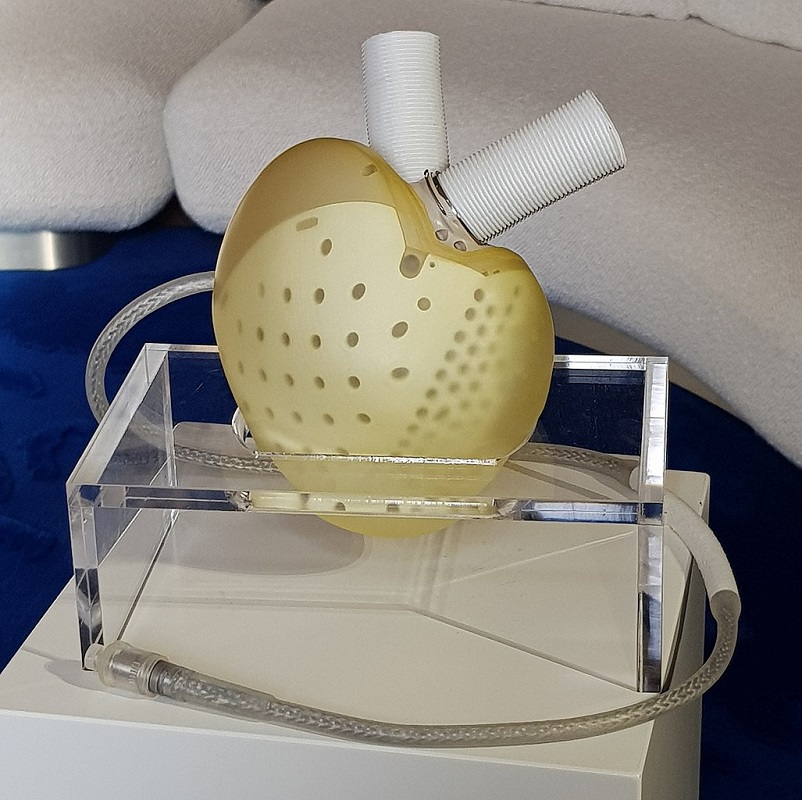
12. CRISPR and Gene Editing

13. Digital Health Records
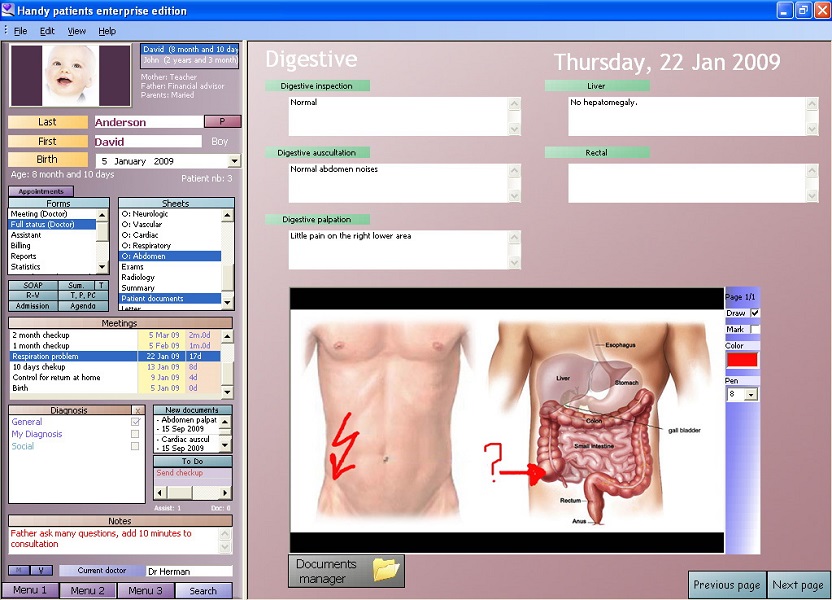
14. Advances in Cancer Treatment
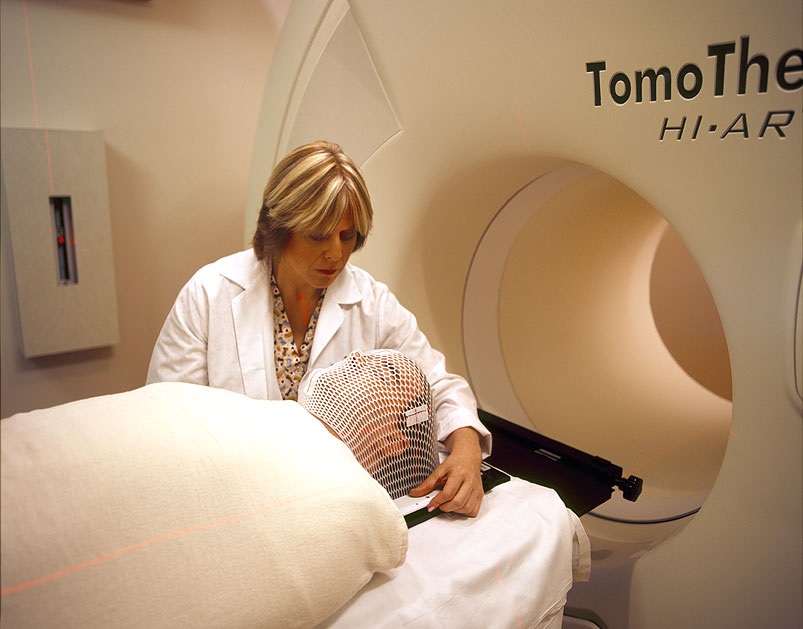
A Legacy of Lifesaving Innovation
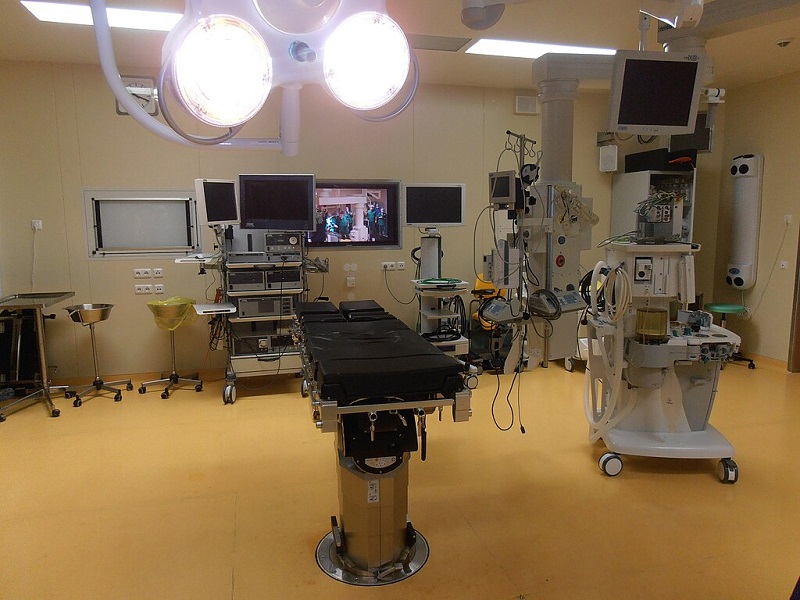

Toi Williams began her writing career in 2003 as a copywriter and editor and has authored hundreds of articles on numerous topics for a wide variety of companies. During her professional experience in the fields of Finance, Real Estate, and Law, she has obtained a broad understanding of these industries and brings this knowledge to her work as a writer.







